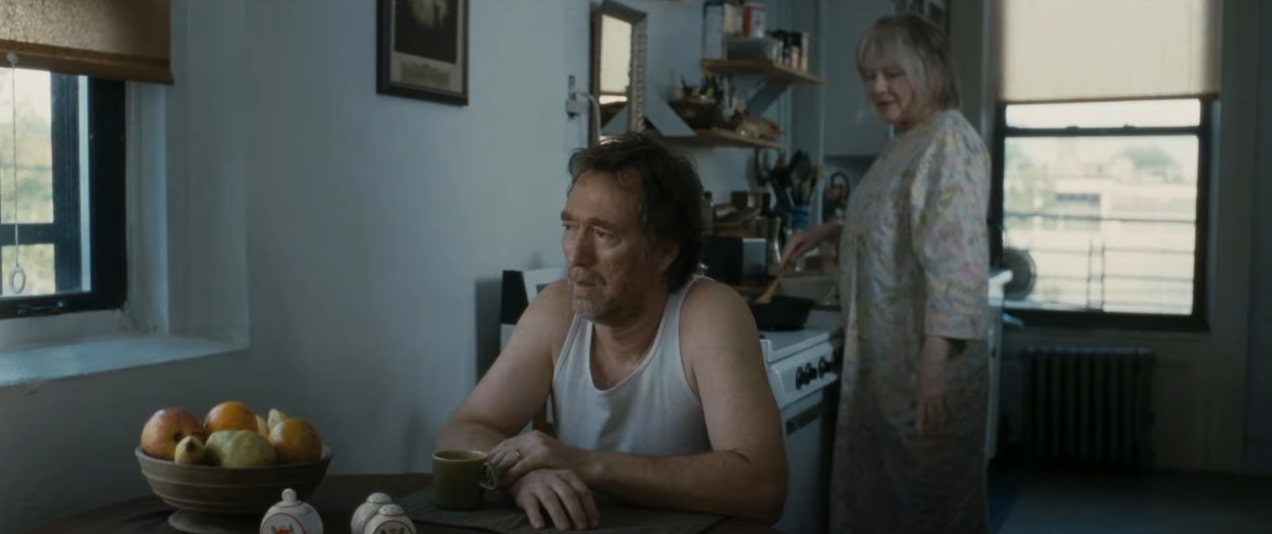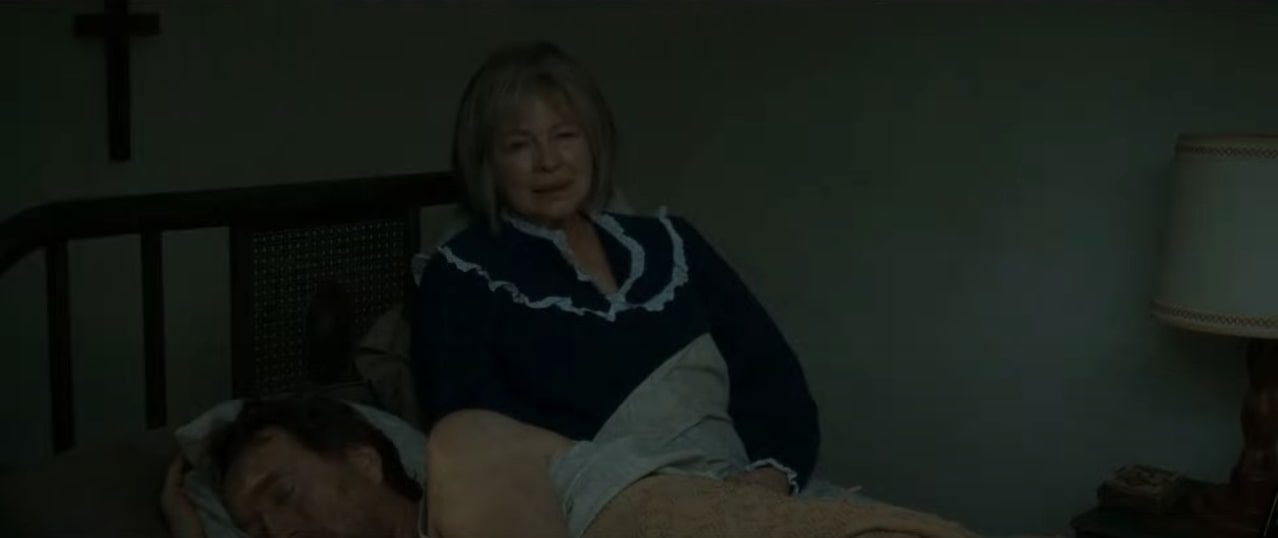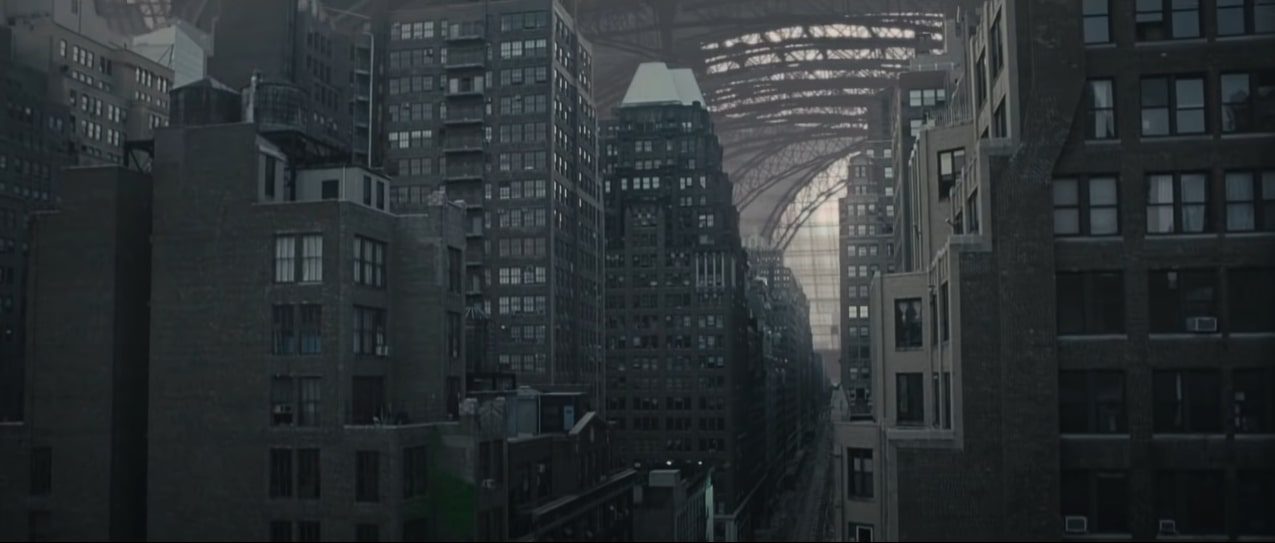“Everyone is Everyone” is a pretty pretentious phrase if we are being honest, but in the context of Charlie Kaufman’s 2008 film Synecdoche, New York, it means everything to a die-heart fan of this film. Everything you heard about the Synecdoche, New York is true.
It’s heavy and depressing, but at the same time, we found a great sense of comfort in this movie, as well as a sense of comfort that’s taken the viewers weeks to confront and understand, and that’s why we decided to explain Synecdoche, New York to you guys. Sony Pictures Classics wanted to make a horror film, and in search of the story, they approached Kaufman and Spike Jonze. Kaufman and Spike began to work on the storyline, they decided to include things that are frightening in real life, unlike any typical horror film at that time.
As the writer and director of the movie Charlie Kaufman made one of the most personal and honest films someone saw, and as a result, this explanation will attempt to share those same qualities. Synecdoche, New York was the directorial debut of Charlie Kaufman. The film stars Philip Seymour Hoffman as Caden Cotard in the leading role. In Synecdoche, New York, he is an ailing theater director who works on an increasingly elaborate stage production.
Caden’s extreme commitment to realism begins to blur the boundaries between fiction and reality. Synecdoche, New York premiered in competition on May 23, 2008, at the 61st Annual Cannes Film Festival. Critics had mixed feeling about this film, some called it self-indulgent or pretentious, while some considered Synecdoche, New York as a masterpiece.
Initially, the film was a commercial failure in the US and some other parts of the world, but now Synecdoche, New York is considered one of the greatest films of the 21st century. Synecdoche, New York, was also nominated for the Palme d’Or at the Cannes Film Festival in 2008.

Charlie Kaufman also wrote some of the major successful movies like Eternal Sunshine of The Spotless Mind and Being John Malkovich, in terms of film, Kaufman is truly considered a genius. Touching on elements of our reality so sensitively and realistically despite how outlandish some of his plots may initially seem. The best thing while watching Synecdoche, New York is that every time you watch this movie, you will end up garnering an entirely new perspective.
Plot
The film opens as the exact mirror of the ending, fading in from a sort of greyish white as well as showing us the clock. The poem that is sung is about life in general despite being solely focused on the town Synecdoche. Mentioning getting married, having children, and then dying. As we follow the journey of Caden Cotard, Kaufman lets days pass in minutes; October 14; October 20th, a week becomes a year. A painter’s fame raises as her paintings grow tinier.
A woman buys a burning house that will kill her after some decades. And the Play that will give meaning to all the events that are occurring fades into oblivion. For French author and philosopher Albert Camus, the human experience is fundamentally absurd. He observes how we spend most of our time in ignorance or denial, living out our routine; eating, sleeping, struggling, interacting, communicating, waiting, etc.
Always hoping for tomorrow when things will be better, when we will figure it out. But then a day comes when the rhythm is broken, when the absurdity of the world creeps into our soul, and for a brief movement; we feel the void. The impermanence of all things, including ourselves.
Cast
There are three main characters in the movie Synecdoche, New York Caiden, Adele, and their daughter Olive. When Olive’s poop is green, Adele thinks nothing of it. And when Adele coughs randomly, which will be brought up later in the film, she also thinks nothing of it. Both of these are fairly unusual, with a recurring cough being a clear sign of illnesses like Lung Cancer. This is the polar opposite of Caiden, who seems perfectly fine but expresses that he feels ill.
The family is an accurate representation of many families a husband and wife who seem almost passive to each other’s existence. Both have different passions and reactions to certain things, he doesn’t seem to be helping out with their daughter at all. And with time passing so rapidly, we can imagine this is how mornings play out in this household every day, with Adele having to do all the food making and caring for herself and then their daughter.

“We are all hurtling towards death, yet here we are for the moment, alive.” were the words of Caden Cotard in a conference. He tells the people that each of us knows that we are going to die someday, but each of us secretly believes that we won’t. The absurd is awakening; A step lower, and strangeness creeps in. Caden struggles to reconcile with the absurdity. He wants to make sense of it; get to the truth of it. For Camus, this unrelenting desire for reconciliation is a great mistake, It is an irrational leap at the end of what was so far a rational observation of our condition.
It is forced hope driven by human nostalgia, which is why it never quite satisfies us. “I won’t settle for anything less than the brutal truth…brutal….brutal.” Caden approaches the audience once again at a conference. Instead, Camus wants to find out if it’s possible to accept the absurd and live with it as it is, and not bring in anything that is not certain; ” I want to know whether I can live with what I know and with that alone.” he writes.
This does not mean embracing the absurd in some quiet form of despair or passive acceptance, but rather he is interested in the choice we have to really accept our fate. He refers to the myth of Sisyphus, who was condemned by the Gods to push a rock to the top of the mountain, only to have it fall back down again, a task that was to be repeated for all eternity. The gods deemed this pointless labor to be the ultimate punishment, but as Camus points out: The story is only a tragic one when the hero is conscious of his hopeless situation;
Synecdoche, New York Ending Explained
Caden is a complete shell of his former self, letting Milicent change the funeral scene into something extremely melodramatic with sad music, a dramatic speech, and even rain, this is pretty much the polar opposite of what Caden wanted to do. With age, Caden is now completely engulfed by his most vulnerable and sensitive side it seems like all of his ambition has faded away as any want for love or company. He’s willing to just clean rooms for the rest of his life because that’s what he apparently likes to do. The old woman gives him a headset in which Milicent speaks to him.
She tells Caden to thank the old woman. At this point, it shows that Millicent is essentially now working as Caden’s own mind giving him instructions on how to wipe himself. We then get a scene where Millicent talks directly into the camera, which basically shows signs of Dementia in Caden. She sums up what a standard life is to most people. Her husband is revealed to be Eric, which was the name mentioned earlier by Olive and was apparently Caden’s gay lover.
At this point, there are several interpretations you can take away from the stuff. I believe at this moment, Millicent is Ellen, so in turn, is the projection of Caden. Eric could very well be a projection of Adele with Millicent telling us how he hates her. Before quickly reminding us of Adele saying, ” Everyone is Disappointing.”

The imagery and role reversal have been seen very recently in the film but have been mentioned most poignantly in the interaction between Caden and Tammy, Hazel’s double, where Caden says he thinks he’d be much better at being a girl than a boy. I believe that Caden portrays himself as Ellen to show his sensitive side and portrays Adele as Eric to show his hateful side.
Every person is made up in spite of the environment they witness, and that environment is based on environmental factors and government, and those things are once again affected by people made up of atoms and molecules that are within the Earth itself and prove that “Everything Truly is Everything.”
ALSO READ: Speak No Evil Ending Explained: Expanding The Boundaries




